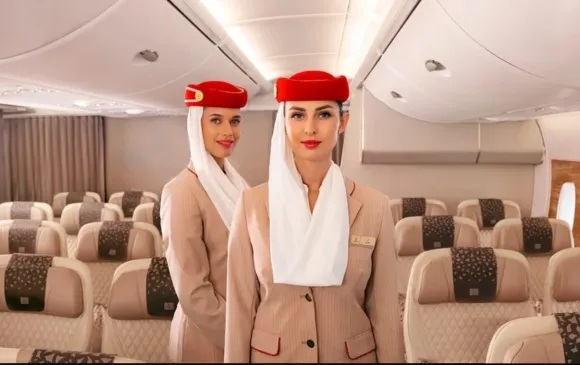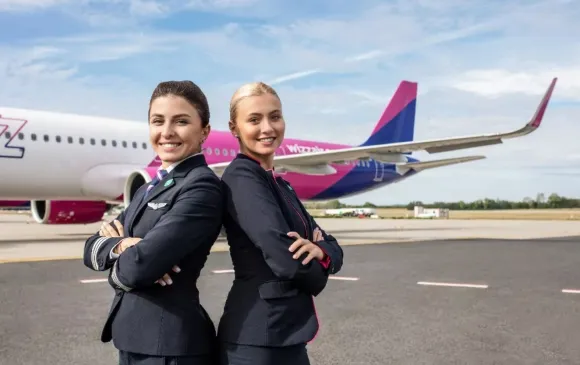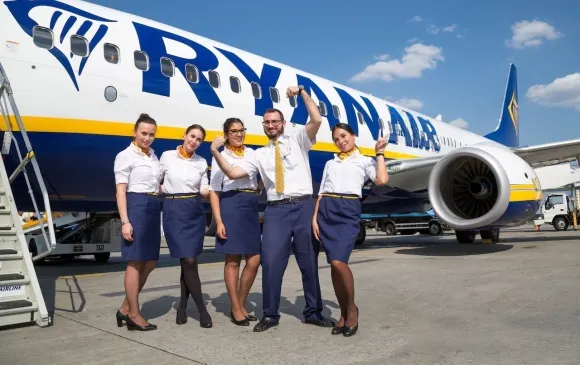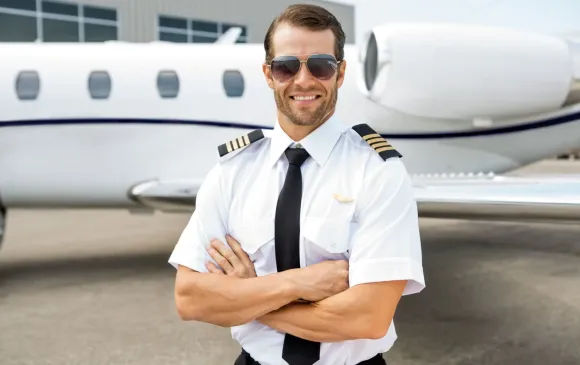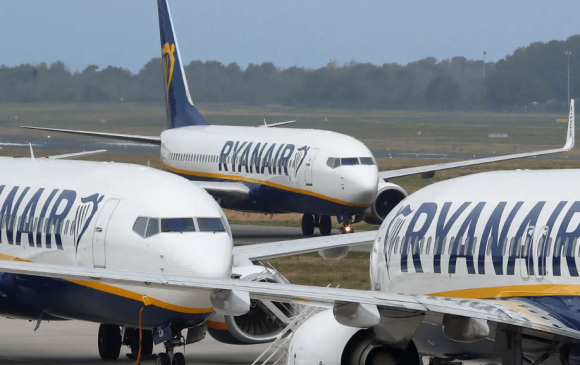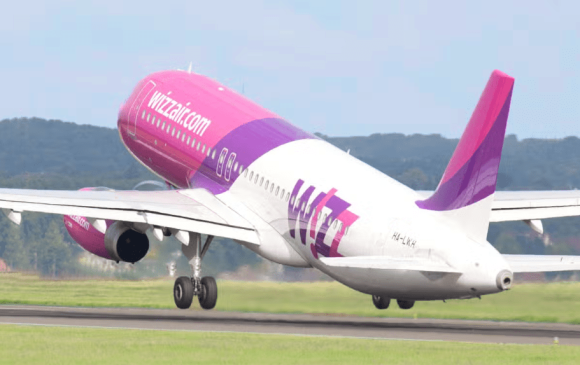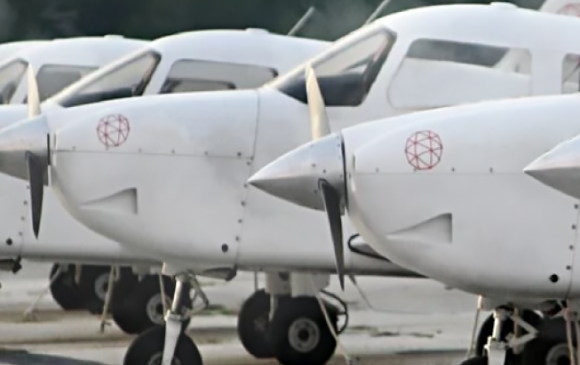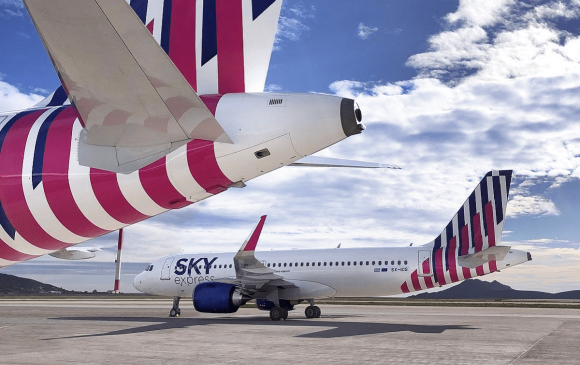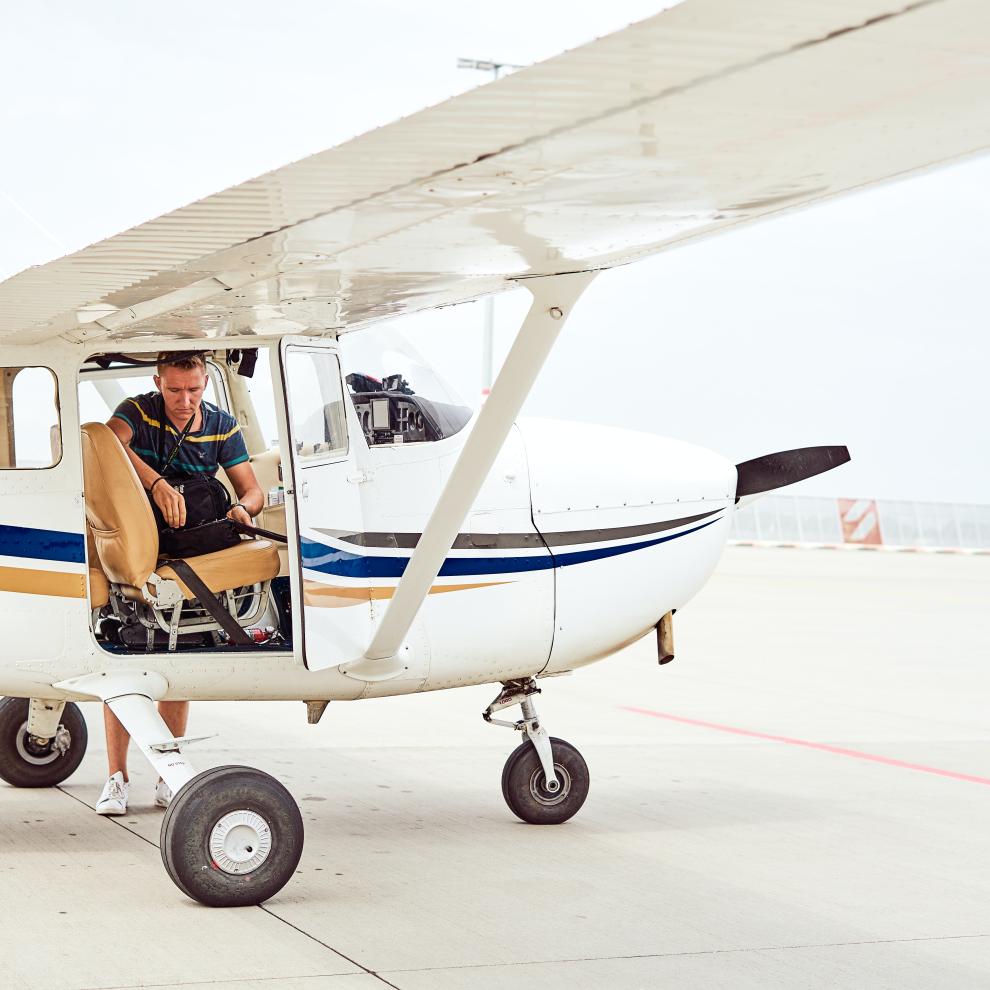Before going into more explanation, the answer about how to prepare and pass a flight school selection depends on the candidate himself. The Internet is a great place to start if you want details about what's happening behind the curtain. You will find in this article what selection process to expect to get into most of the flight schools.
We will talk about:
- The Cut-e Aptitude Test
- The math test questions
- The group exercise
- The interview
The cut-e Aptitude test
No other way to get into flight school
Before, flight schools and airlines were using what we call the PILAPT, short name for Pilot Aptitude test. This test was very well known for years, used by the majority of flight schools and airlines around the world. More recently, organisations were looking for a replacement of the old PILAPT, which now shows its age years after years.
Now, a large number of flight schools and airlines use the Cut-e Aptitude tests. This test is developed and made by AON, a company specialised in all kinds of solutions for businesses looking for selecting its candidates. The companies using AON are airlines or flight schools such as easyJet and L3 Harris airline academy, but also non-airline companies such as Burger king and Siemens.
The Cut-e aptitude test is either done in the flight school premises or online. The test selection that the candidate will do depends on what the flight school is looking for. But most of the time you will get assessments on Multitasking, Spatial Orientation, Memory, Mathematics, and Monitoring.
Multitasking
The aim of this test is to assess the capacity of the candidate to do a few tasks at the same time (In general 3). These tasks assess the capacities requested for pilots, they can be quick calculations, memory, attention, etc…
To get a good result at this test you have to be aware of the fact that the human brain cannot actually monitor 3 taks at the same time. Instead, there is a rapid switch between tasks made by the brain, giving us the impression of actually multitasking. That’s why the candidate must switch his attention between tasks smartly.
Spatial Orientation
This test generally appears as a set of instruments, the aim is to find your position according to the indication on the instruments. We advise candidates to use a flight simulator to have an idea about how to find your position with instruments.
Mathematics
Don’t expect any difficult mathematics for the airlines and flight school assessments on a Cut-e aptitude test. Rapidity of simple mental calculations is what you need. This test is generally part of another test such as Multitasking. A good website to train for quick mental calculations is Mathtrainer.
Monitoring
The monitoring test can be in any forms such as visual or audio. For visual monitoring tests, there is often a shape or/and a color to remember, the test displays a series of shapes and colors of which you have to tell the system if you recognise it. The only way to perform at this pilot test is to train regularly on the airline or school package that you can find at MySkyPlatform.

The maths problems test
The most feared test for flight school selections
In flight school and airline assessments, this test is the most difficult to pass for most candidates. A series of problems has to be solved on a computer within a certain amount of time. In general, the allocated time gives you an average of 1 minute per question, let’s say 20 questions in 20 minutes.
To have a chance to pass this test, you need a lot of preparation ahead of your flight school selection. Why? Simply because adults tend to forget the basics they have learned at school. Studies show that about 25% of people don’t know how to make a multiplication or a division. And about 20% don’t remember how to work out either fractions or percentage.
Thankfully, mental maths can be practiced and improved. You can practice at home with a pen and piece of paper, or you can use an app or a website such as Mathtrainer.
Also, the stress due to time pressure on this test causes issues to many people. The time and difficulty needed for some questions is stressful for the candidate, which then results in overthinking. It is also easy to get distracted when seeing how much time is left. So please, once you have started the test, forget about the time. And if you struggle with a question, go to the next one, you can always come back to it.
What do maths problems look like?
Many types of problems will be asked to the pilot candidate. Such as geometry, currency conversion, percentage, scale calculation, speed & distance. Here is an example of what you get:
The price of a dress has increased from 50£ to 60£. What is the percentage increase?
Answer: 20%
Therefore, if you want to prepare for a mathematical test, start with doing simple maths with a pen and a piece of paper. Only practice with multiplication, addition, subtraction and division, all of these without using any calculator. The aim is to get used to making a multiplication or division and to improve your mental math skills.
How do we prepare for the maths problems test?
As said before, you need to make yourself (again) a master of basic calculations without a calculator (Additions, substractions, multiplications and divisions). Take a piece of paper, pen, timer and make some random calculations, for 5 minutes for exemple. The aim is to get as many calculations as possible done with good results.

Once you master your basic calculation, you can now practice maths problems solving. The more you practice, the more you encounter different types of problems, the better you are. You can do it with some websites or books, but we strongly advise to prepare for the actual type of questions you are going to get. Instead, use forums, ask people that passed the selection, and use flight school preparation packages such as L3 Airline Academy, they have a database of hundreds of math problems.
The group exercise
What is a group exercise?
Group exercises at flight school selections involve bringing you into an activity with several other candidates who are also assessed. The interviewers are interested in how you respond and react to other candidates, as well as how you respond to questions directed at you. Interviewers often pose hypothetical problems or situations to the group as a whole and allow the group to engage in activities to solve or address the issue.

Flight schools are looking for the same skills required for a future pilot in an airline. A few example of these skills are:
- team working ability
- social skills, confidence and communication skills
- leadership potential and influence
- capacity to deal with time pressure
- how compatible a candidate's skills and behaviour are for the role
- interpersonal skills, i.e. listening skills, persuasion, diplomacy, mediation, composure, patience etc.
- decisiveness and critical thinking ability
Group exercises usually involve groups of six or fewer candidates who are tasked with a specific problem to solve. The goal is to see how you handle conflict and how well you work together.
What type of attitude do you need to have?
Analysis of human behavior shows that people take on the characteristics of certain roles when in groups. Although a certain amount of these traits is sought-after in a pilot, dominance of some over others is desired.
The interviewers are looking for candidates with the personality that gathers the traits of a leader with the ones of the diplomat. You should be able to lead the situation without being too dominant. To be able to do that, a candidate needs to ask pertinent questions with good timing, encourage quiet people to tell their point of view, and not to take the monopoly.
Having this attitude is the key to being a successful team player. It is the skill of keeping an eye on a situation as a whole and helping to get the best out of every individual in the group.
How to pass the group exercise?
The preparation for the group exercise is different from any other test. Contrary to the mathematics or the HR interview, you cannot practice question banks for the group exercise.
Therefore, the key here is to be aware of the qualities of the personality needed for pilots, which eventually is what flight schools are looking for. We previously gave a good example in this article, you can then use that for your coming up interview.
If you want to go further, a group exercise course is included in all our flight school selection packages. They offer a great chance of success to the access flight schools such as L3 Airline Academy.
The interview
A good way to know more about you
The interview is inevitable for any flight school, it is the best way to know more about the candidate and his motivations. Unless you attend your flight school selection straight after university, you certainly had any sort of job before, and therefore had an interview. However, contrary to what you already experienced. There is a huge majority of behavioral questions, consequently a good preparation is “sine qua non”.
What is a behavioral question?
A behavioral question requests the candidate to dig into his past experience to give an example of how he dealt with a situation. For instance, the interviewer will ask the question:
“Tell me about a time when you had shown good leadership”
The candidate must give a brief story of the situation, not forgetting to answer the question by illustrating the skills used.
How to prepare for behavioral questions?
Because of these questions, preparing for the flight school selection interview takes time. You need to think ahead and guess the questions the interviewer is going to pass to you. But how do we prepare efficiently if we don’t know what questions to expect?
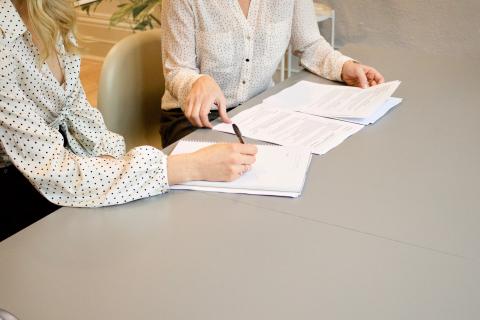
First, gather as many positive and negative events as possible from your previous experiences. This will allow you to have a bunch of experience to tell the interviewer. This primarily concerns behavioral questions, for which you should know in the back of your mind what to reply.
Secondly,at home, practice replying to the expected questions (alone, with your wife, husband, parents or girlfriend). Behavioral questions can be replied using the famous STAR method.
What does STAR mean?
STAR is the acronym for:
- Situation
- Task
- Action
- Result
It is a useful tool used to organise and not to be lost in your answer. You start with the Situation by explaining the environment you are in and help the interviewer visualise the situation (such as time, place, etc…).
The Task is simply the objective to achieve, this can be a deadline to deliver a product, your role at your job and so on. The Action is what you have done to complete your task. Finally, the Result is the outcome of your action, and what you learned from it.
Exemple:
“Tell me about a time when you had shown good leadership”
Situation: I was marketing manager at a big company based in London. I was just moved to a new department where the teams had issues delivering projects on time.
Task: One of my duties was to resolve the project delivery time issue.
Action: I found out that my approval was necessary for too many tasks the team leaders had. Therefore, I gathered all the team leaders for a meeting, asked them which tasks can be done without my approval, and gave more autonomy by only asking my approval for some of the tasks.
Result: As a result, the delivery time for projects has increased by 100% and I had congratulations from my hierarchy.
To summarise
As you can see, good preparation is the key to pass a flight school selection. Ask people that already passed it, get information from the internet, and schedule yourself preparation time ahead of the selection. Most if not all candidates use selection packages to increase their chance of success. Have a look at the selection preparation and find if your flight school is listed. Then, it’s your job to work on it and pass it with success!

